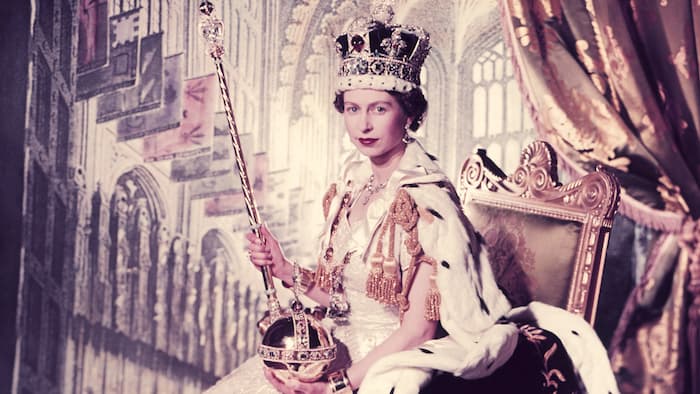The 1950s was a decade of significant social and cultural change in Britain. Emerging from the austerity of World War II, the nation was ready to embrace a new era of prosperity and optimism. This post will delve into various aspects of British life in the 1950s, from everyday routines to popular culture.

Everyday Life
- Rationing: Although rationing ended for most foods in 1954, the memory of wartime shortages lingered. Many people still grew their own vegetables and made do with what they had.
- Housing: Post-war housing shortages led to the construction of large council estates on the outskirts of cities. Prefabricated houses, known as “prefabs,” were also a common sight.
- Technology: Televisions and washing machines became more affordable and common in British homes. However, many rural areas were still without these modern conveniences.
- Transport: The bicycle was the primary mode of transport for many, especially children. Public transport was heavily used, and owning a car was still a luxury.

Culture and Society
- The Queen: The coronation of Queen Elizabeth II in 1953 was a significant event that united the nation. Her reign marked the beginning of a new Elizabethan era.
- Music and Film: Rock and roll music was gaining popularity among teenagers, while traditional forms of entertainment like dance halls and cinema remained popular.
- Fashion: The “New Look,” popularized by Christian Dior, emphasized a feminine silhouette with full skirts and cinched waists.
- Food: British cuisine in the 1950s was characterized by traditional dishes like roast beef and Yorkshire pudding. Food rationing had a lasting impact on eating habits, with many people still being frugal with food.
The 1950s was a decade of transition for Britain. While the country was still recovering from the war, it was also embracing a new era of modernity and consumerism. The decade is often remembered fondly as a time of stability and community, but it’s important to remember that it was also a time of social and economic inequality.
